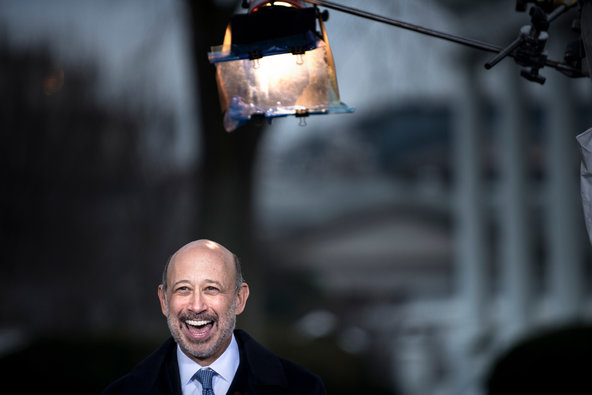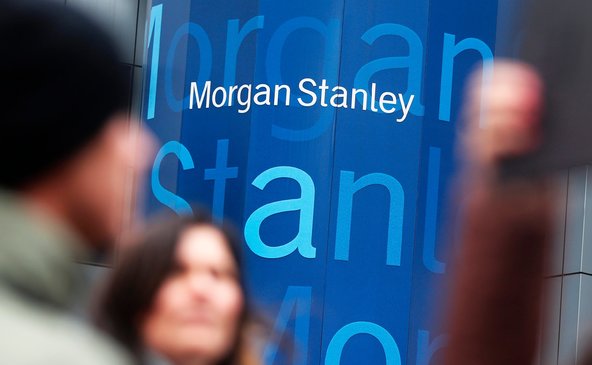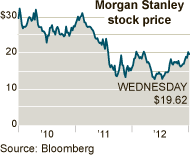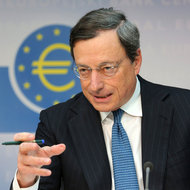Still, he did not realize just how much of a toll running a business would take on his personal finances. For four years, Mr. Lewis, the founder of eHealthcare Solutions, an online advertising network that is based in Ewing, N.J., and represents health care Web sites, took home about $20,000 a year and had to deplete his retirement savings account.
“It was draining to watch that savings go down,” he said.
But as soon as he was able, he started saving again. Unfortunately, many business owners never reach that point. One study found that 40 percent of business owners had no retirement savings. For many reasons, saving for retirement is difficult for owners, but perhaps the biggest mistake many make is assuming that they do not need to save — that one day they will sell their businesses and live off the proceeds.
Many businesses simply cannot be sold, and others end up being sold for far less than expected, said Randy Gerber, founder of Gerber L.L.C., which helps business owners manage their personal finances. And even if a business can be sold, he said, owners often have an unrealistic notion of how much it might be worth. That is why a potential sale should not be an owner’s only plan for retirement.
PLAY IT SAFE By definition, business owners take a lot of risk in their professional lives because much of their net worth is tied up in one asset, typically as much as 65 to 85 percent, according to Rob Pettit, a high-net-worth planner at TD Wealth.
For this reason, they are often advised to follow two rules with the money they manage to save: invest conservatively and diversify. Following that advice, however, does not come naturally to all business owners. Many are eager to invest in stocks and do not want to consider fixed-income securities.
When Mr. Lewis started investing in the stock market, he bought mostly health care and pharmaceutical companies, industries he is exposed to through his business — a common mistake.
“It seemed to make sense for me to invest in health care because I know it so well,” he said. “Most of my business is tied up in that sector.” He eventually realized that it would be wise to change that approach, and he now owns shares in technology, oil and gas and financial companies.
Mr. Gerber, whose financial management firm is based in Columbus, Ohio, said he believed that assets that are liquid, have low volatility and generate income were generally an entrepreneur’s best bet. Many of his clients own corporate bonds that can either be sold quickly or held to maturity, and mutual funds that invest in equities and pay dividends. He avoids mutual funds that invest in bonds, he said, because when interest rates rise, they lose value.
CUT YOUR OWN PAY? When times get tough, many owners stop saving for retirement. They either forgo salary altogether or reduce their pay. That can be a mistake, said Ellie Byrd, founder and chief executive of ForumSherpa, a business based in Atlanta that offers executive leadership and training courses.
Ms. Byrd used to run a software training company. In 2000, she stopped taking a salary, and a year later, she found herself $500,000 in debt. With no income, she could not contribute to a savings plan — or pay her bills. When a business struggles, deciding not to pay yourself may seem a natural reaction, but it can obscure larger issues.
In retrospect, Ms. Byrd says she believes she should have laid off staff members and made other adjustments before stopping her own pay.
Mr. Gerber said owners should stop saving only if it is clear the business can be turned around. If not, there probably are bigger problems, and stopping saving isn’t going to solve them. “You often have to do some real soul searching to figure out why the business is struggling,” he said.
Of course, there are times when it makes sense to hold off on saving personally to invest more in the company. In these instances, Mr. Gerber said, the business should be running smoothly, and the investment should promise a healthy return. He likes to see an investment, like a new piece of equipment, generate a return that is three times greater than can be gained in stocks or bonds. If it cannot do that, he advises putting the cash in a personal account.
BUY THE BUILDING Although Lenny Verkhoglaz invests in an individual retirement account, he thought he should hold more than just stocks and bonds in his overall portfolio. In 2006, Mr. Verkhoglaz, the founder of Executive Care, which is based in Hackensack, N.J., and provides in-home health care to the elderly, bought the building that holds his offices.
When he retires, he plans to sell his company and the building together. He holds the building in a separate company for rent-related purposes but thinks he will get a better price by selling the two assets together. “If I sell the company without the building,” he said, “the value of the real estate may go down if the company moves out and another tenant doesn’t take its place.”
Even so, Mr. Gerber suggests keeping ownership of the company and the building separate. That makes it possible to sell the company and keep the real estate, collecting rent from a new occupant. A separation can also limit liability, Mr. Gerber said.
There is another advantage to owning your own building: you do not have to deal with a landlord, rising rent of eviction threats. And you have a dream tenant: yourself.
KNOW YOUR BUSINESS’S WORTH If selling your business is any part of your retirement plan, Mr. Gerber said, it is essential to know what your business is worth. And it is important to start tracking its value long before you plan to sell.
Mr. Gerber suggests hiring a professional who can figure out the current value of your company. Then determine how much money you will need to live the lifestyle you want. Most important, think about whether you will be able to increase the value of your business enough to match that retirement number.
At age 43, one of Mr. Gerber’s clients decided he wanted to retire at 50. To do so, he determined, he would need to build his business to $20 million in revenue from $10 million. Doing that meant finding new channels to sell his products. It is working, Mr. Gerber said, but if not, he would have to think about retiring later. “It’s about the math,” he said. “It needs to be clear.”
Business owners also must be prepared to sell early if their business or their industry starts to slip. Another of Mr. Gerber’s clients was in a sector that was consolidating quickly. She received an offer on her business that was far less than she believed it was worth, but she decided to take it, knowing that it would be tough to compete against the big players beginning to dominate the market. “If you think the number will get worse and not better,” he said, “then get out when the getting’s good.”

Article source: http://www.nytimes.com/2013/07/25/business/smallbusiness/sell-a-business-to-cover-retirement-dont-count-on-it.html?partner=rss&emc=rss






